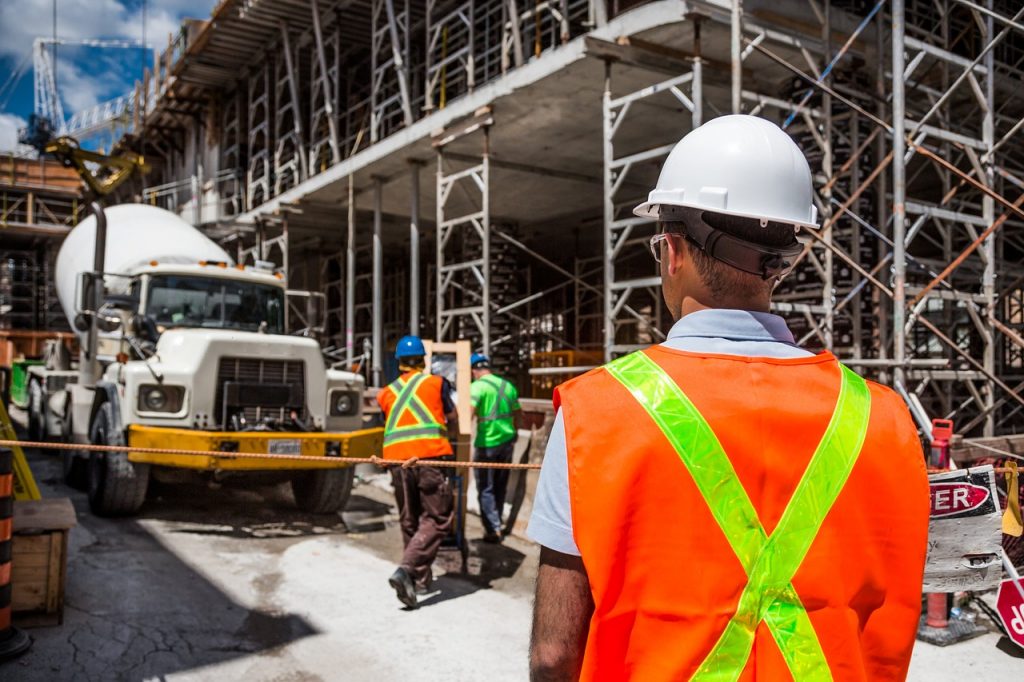Part one of this blog discussed the importance of effective safety training. We will discuss what steps need to be taken to train supervisors. Supervisors are key for safety on the jobsite. They are the intermediary between the worker and management. The way they lead, act as role models, and communicate are important factors in determining strong, positive safety climate at work.
- Safety Training
- All leaders, supervisors, and foremen should at least take an OSHA 30-hour class
- They should receive additional specialized training as appropriate for assigned tasks, including but not limited to:
- Permit-Required Confined Space
- Excavation and Trenching
- Fall Protection
- Furthermore, supervisors should obtain a safety-trained supervisor (STS) certification
- Leadership Skills
- Supervisors should participate in leadership training to learn how to effectively:
- Convey company safety vision
- Communicate expectations
- Listen
- Coach workers to craft a robust jobsite safety climate
- Provide both positive and negative constructive response
- Understand processes and anticipations
- Supervisors should participate in leadership training to learn how to effectively:
- Finding Root Cause
- Train supervisors, foremen, and safety to conduct root cause analyses to examine: committees
- Environment
- Organization
- Human factors that contribute to site incidents and close calls.
- A process should be developed to share findings from these investigations across the organization
- Train supervisors, foremen, and safety to conduct root cause analyses to examine: committees
- Role Model
- Educate supervisors on the significance of demonstrating good safety example:
- Foremen should always use proper personal protective equipment (PPE)
- Insist workers and managers who arrive on site to don PPE
- Maintain accountability expectations
- When addressing worker complaints, supervisors should recognize that workers may not have the experience or training to recognize risk as you do
- Educate supervisors on the significance of demonstrating good safety example:
- Cultural Training
- Supervisors must understand and be culturally sensitive to immigrants
- Cultural training bridges misunderstanding
- Retain interpreter services to insure limited English proficient workers’ comprehension
- Select and train promising immigrants for promotions
- Solicit services of bilingual, culturally competent safety consultants
- Supervisors must understand and be culturally sensitive to immigrants
Well guess what, normally I move on to the next subject after part 2. However, this time I have a part 3! What steps need to be taken to train workers?


